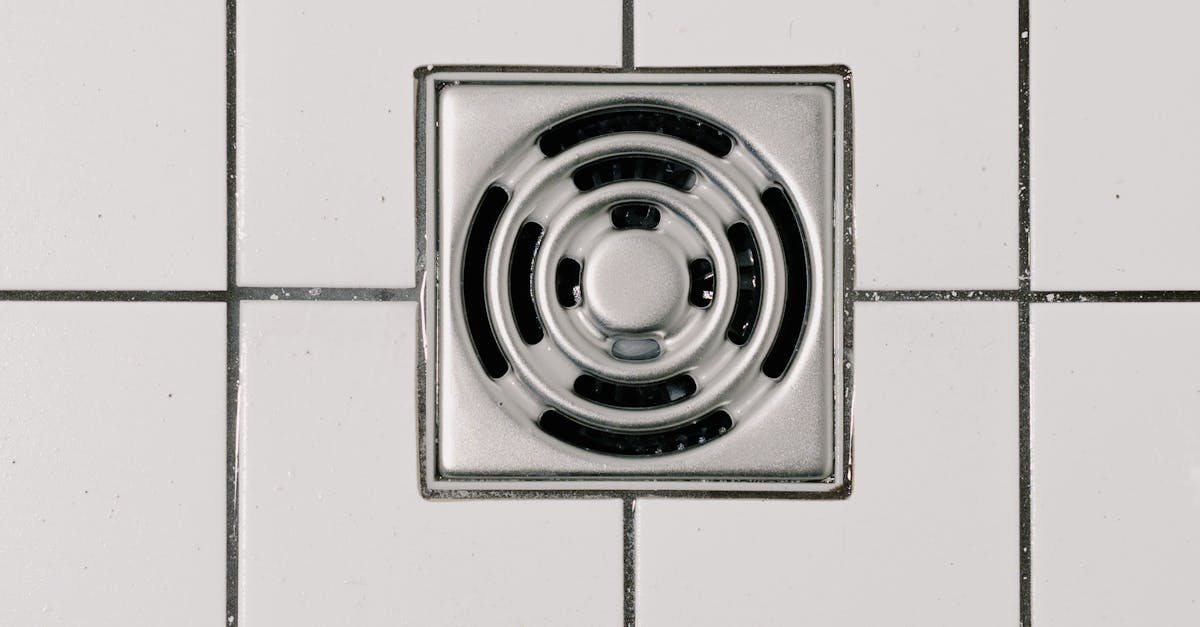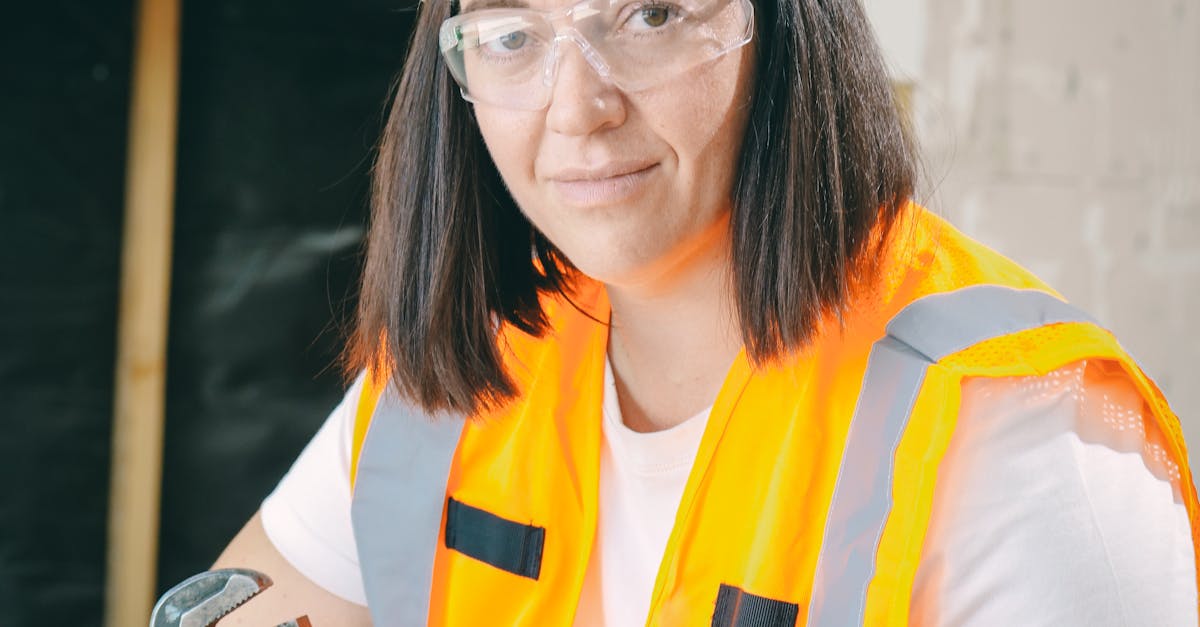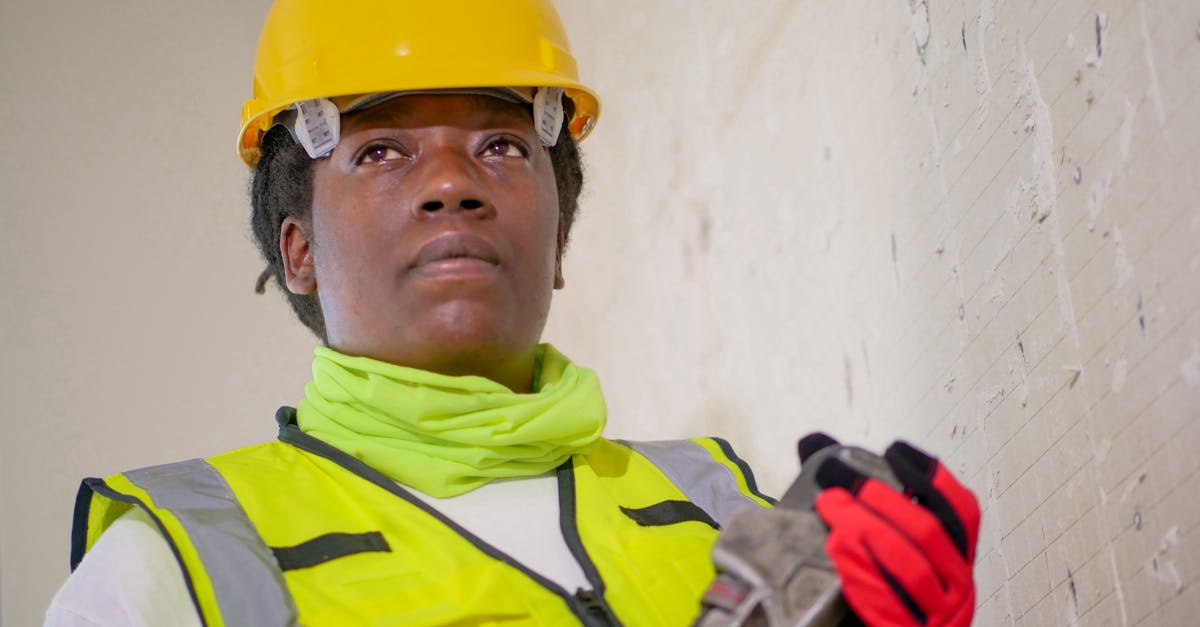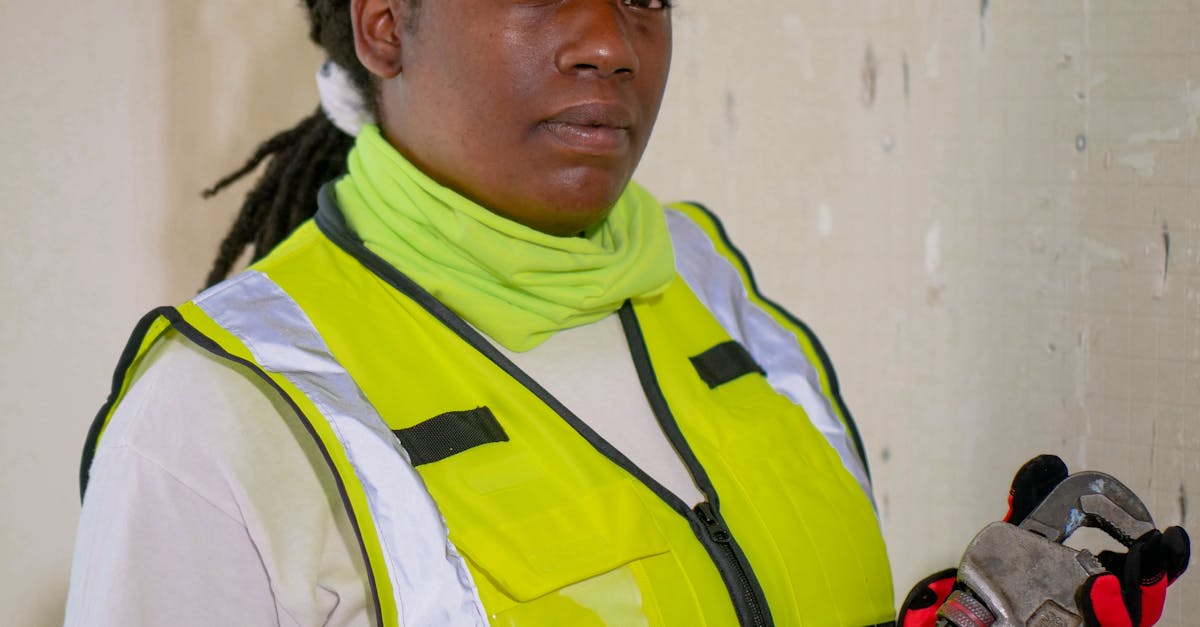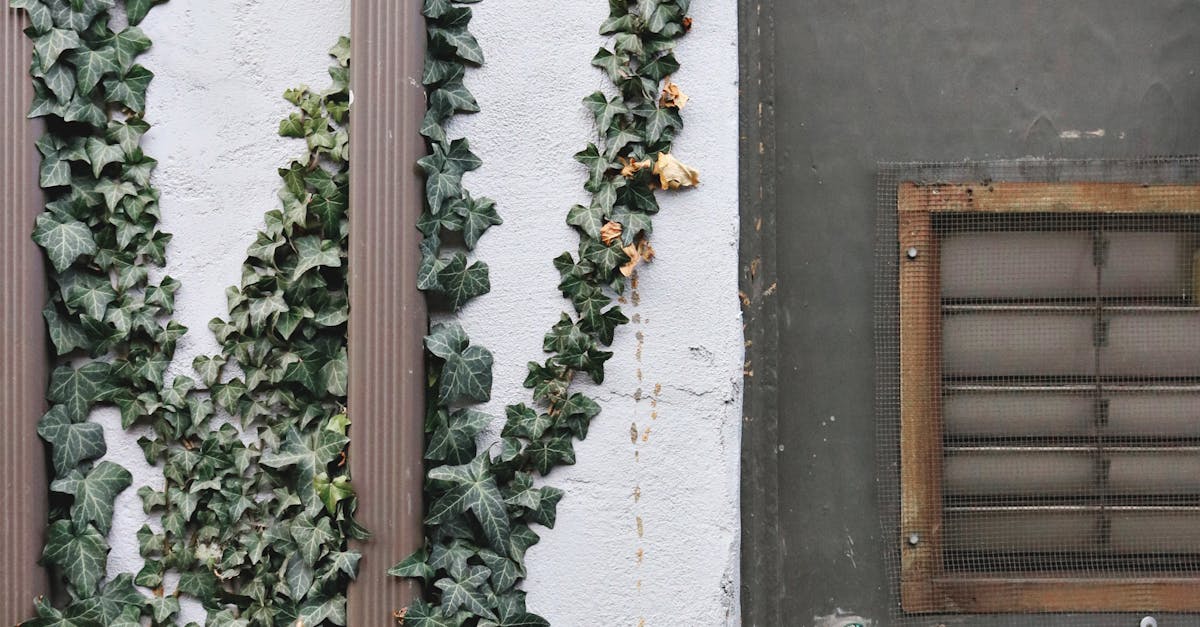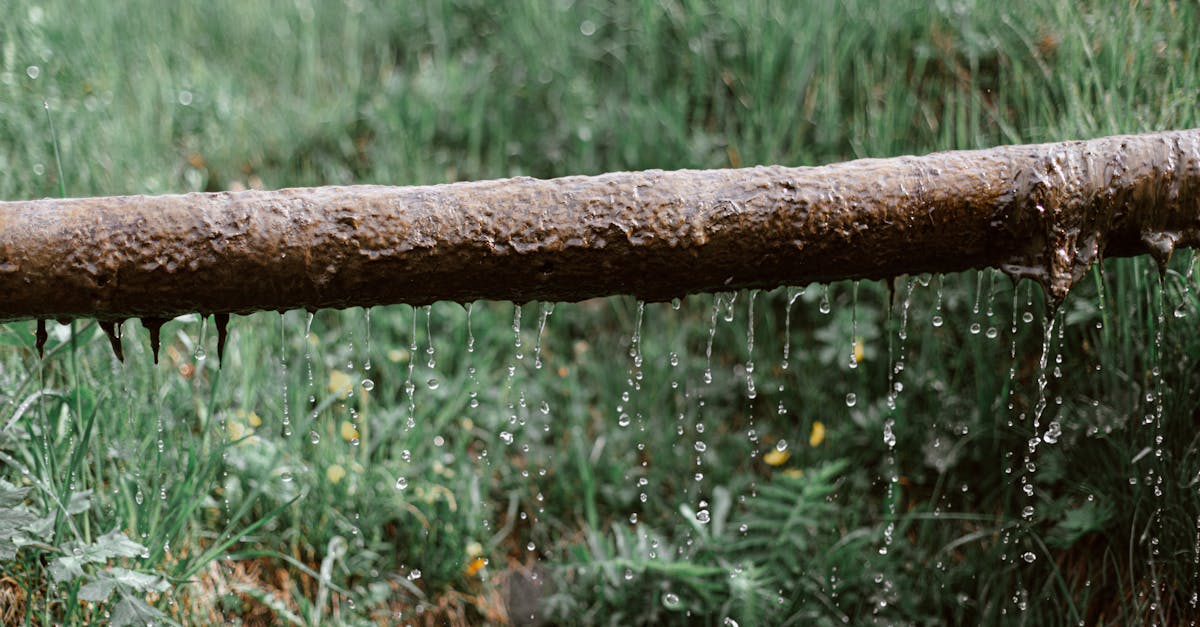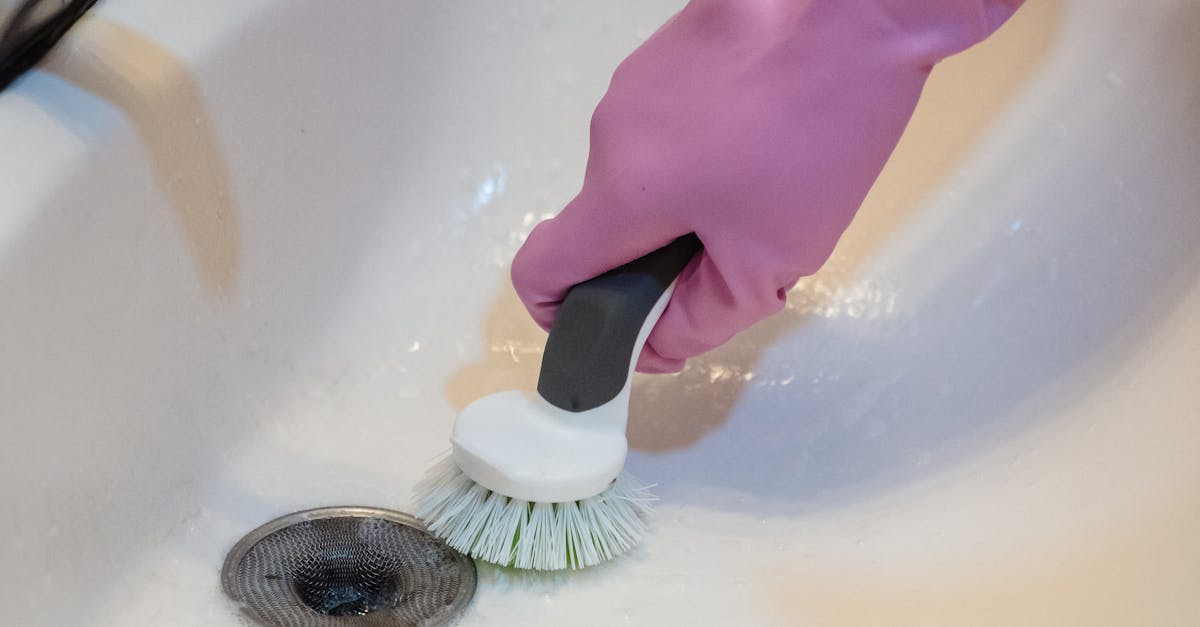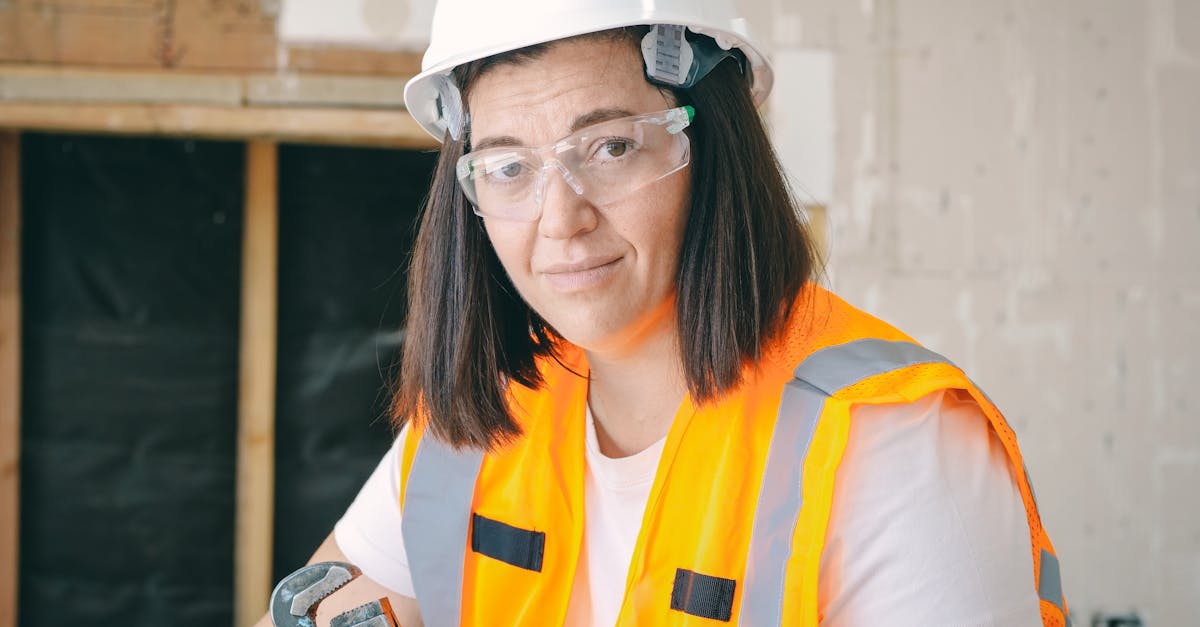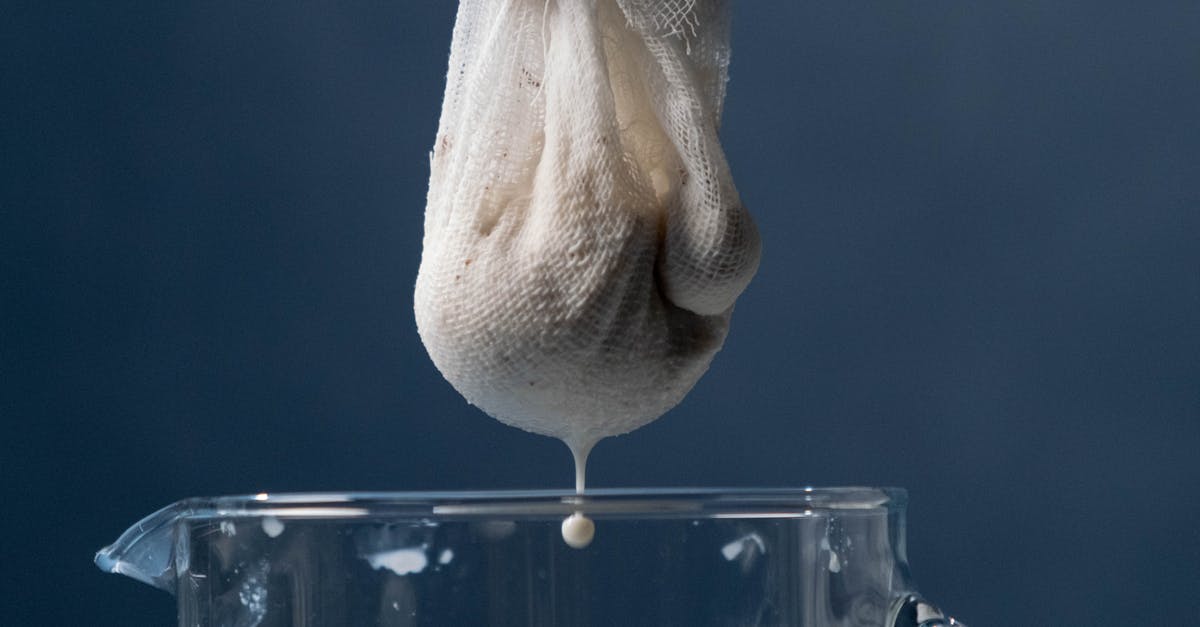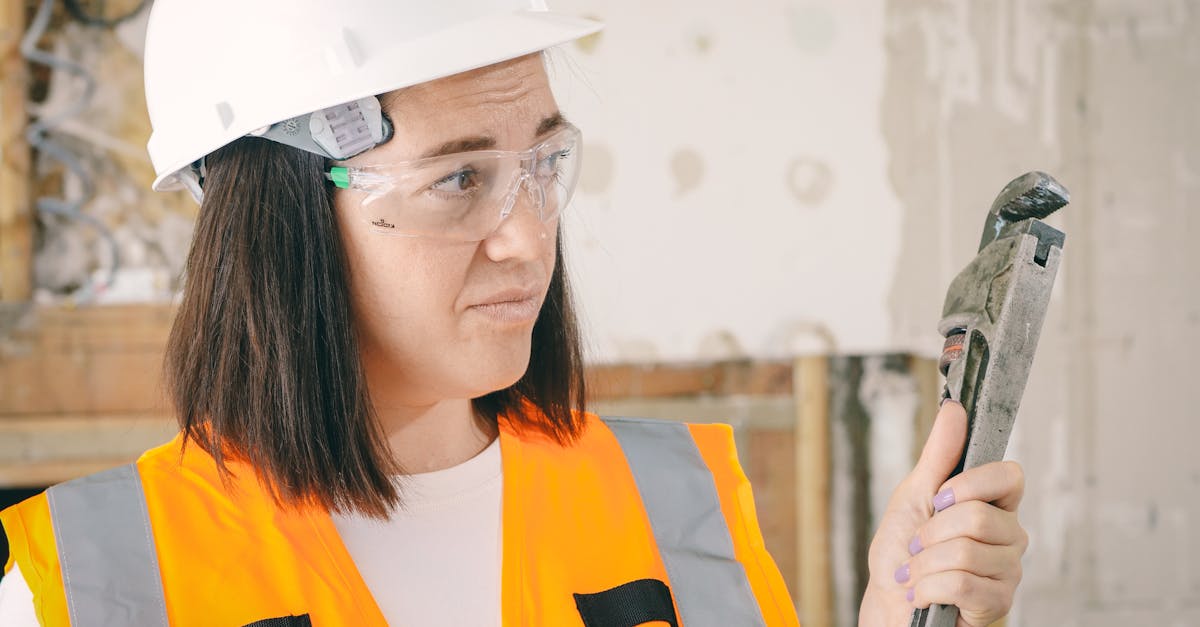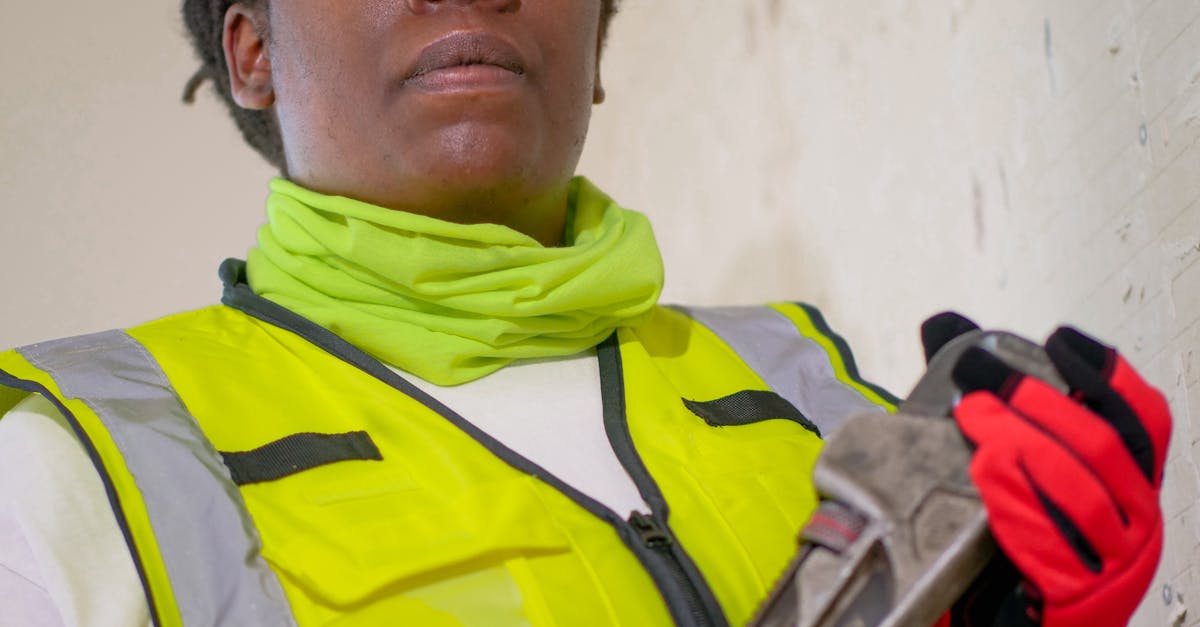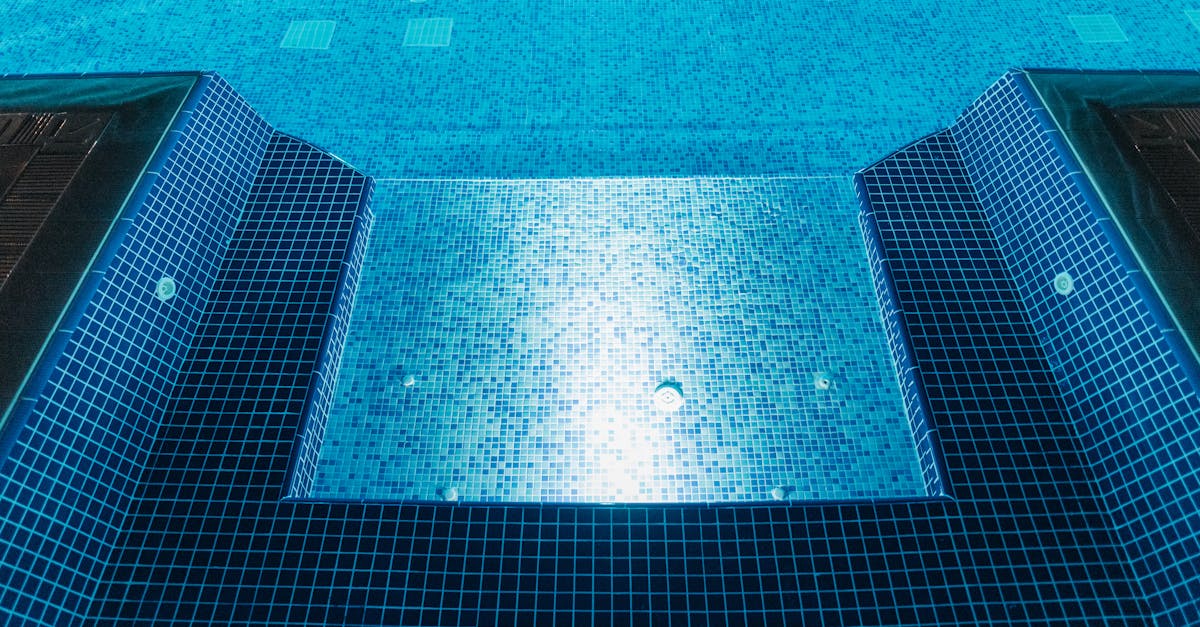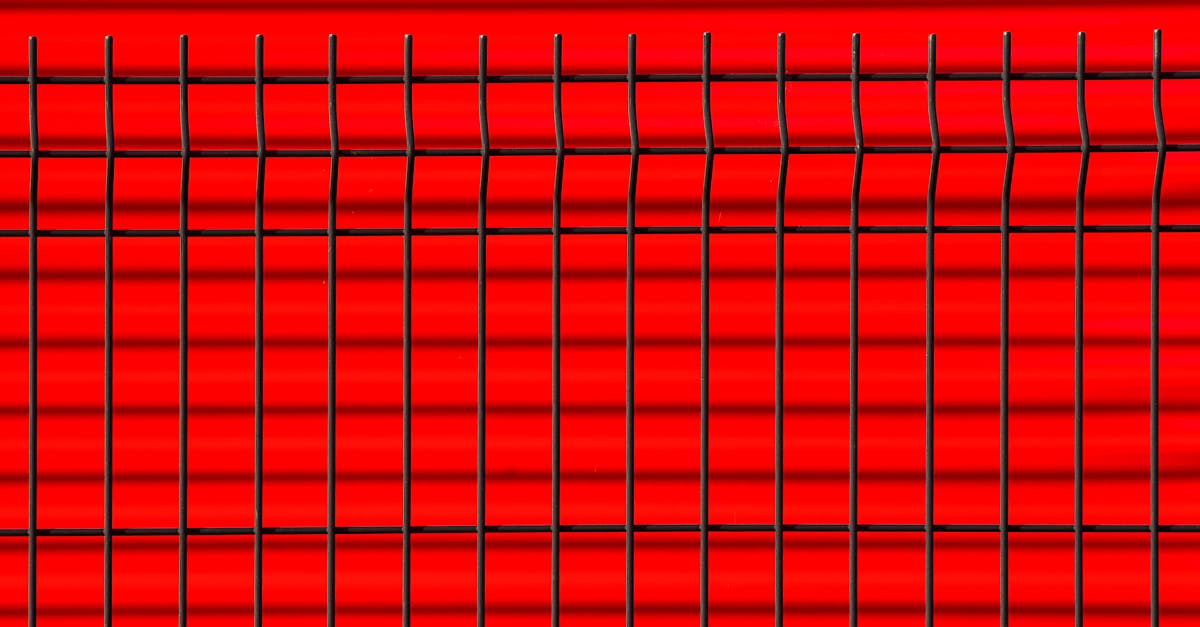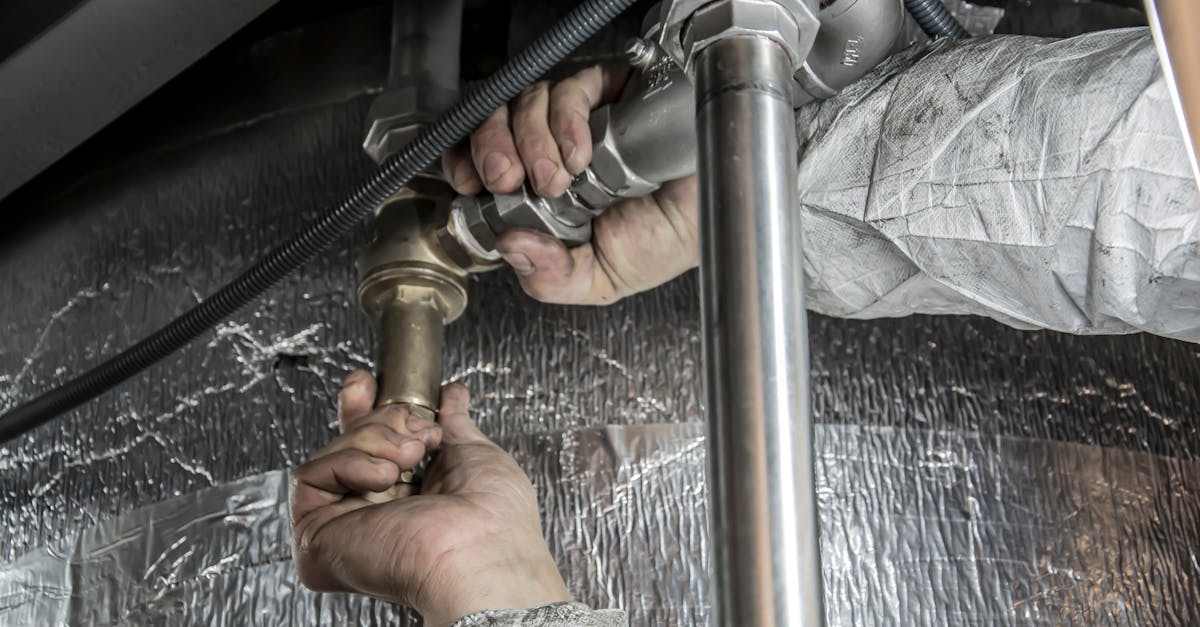
Table Of Contents
Ventilation Installation Process
Proper ventilation is essential for effective toilet installation and repair. The process begins with assessing the space available and determining the best location for vents. This typically involves ensuring that the ventilation system connects smoothly with the existing plumbing and meets local building codes. Careful consideration must be given to ducting materials and their routes to avoid air leaks and ensure optimal airflow.
Once the layout is finalised, the installation involves cutting vents, securing ducting, and attaching fans where necessary. It’s crucial to seal joints to prevent moisture buildup and enhance efficiency. Consulting with a professional can provide insight into any specific requirements for your area, ensuring that all components are installed correctly for reliable long-term performance.
Key Steps for Effective Setup
When undertaking the installation of a ventilation system alongside toilet installation and repair, the first step involves assessing the layout of the bathroom. Identify the best location for the fan to ensure optimal air circulation. Measure the distance from the fan to the outside wall as this will determine the length of ducting required. Adequate clearance above the toilet and around the fan is essential to maintain airflow efficiency. An airtight connection between the ducting and the fan helps prevent moisture build-up, which is a common issue in poorly ventilated bathrooms.
Next, it is crucial to select the right type of fan for the size of the space. Fans come in various capacities, measured in cubic feet per minute (CFM), and choosing one that matches your bathroom’s dimensions will ensure effective ventilation. Follow the manufacturer’s instructions for mounting the fan securely. Ensure that the external vent protects against rain and pests while allowing for smooth airflow. After installation, conduct a thorough inspection to verify that everything is functioning correctly before sealing any openings. Regular maintenance checks should be scheduled to keep the system efficient and prevent potential issues impacting toilet performance.
Maintenance of Ventilation Systems
Regular maintenance of ventilation systems is crucial to ensure they operate efficiently. Dust and debris can accumulate over time, reducing airflow and causing odours to linger. Cleaning vents and filters periodically helps maintain optimal performance. It is advisable to check these components during routine inspections, particularly in areas associated with toilet installation and repair. Proper upkeep prevents the system from becoming a breeding ground for mould and bacteria.
Monitoring humidity levels also plays a significant role in the effectiveness of ventilation systems. Excess moisture can lead to structural damage and unpleasant smells in the bathroom. Installing a hygrometer can help track humidity and determine when additional ventilation is necessary. Ensuring that exhaust fans function correctly is essential, especially in conjunction with toilet installation and repair, as this synergy significantly enhances comfort and hygiene in the space.
Keeping Your System Running Efficiently
Regular maintenance of your ventilation system ensures optimal performance. Periodically checking for blockages, such as dust or debris, can help maintain adequate airflow. Paying attention to the condition of filters is crucial, as dirty filters can reduce efficiency and lead to increased energy consumption. Scheduling periodic inspections can reveal underlying issues before they escalate, ensuring a more effective system overall.
In addition, proper cleaning practices contribute to the longevity of your ventilation system. Use suitable cleaning agents when maintaining ducts and vents. Consider consulting professionals during toilet installation and repair, as they can offer guidance on maintaining an efficient ventilation setup specifically tailored to your bathroom environment. Implementing these steps will help sustain performance levels and prolong the life of your ventilation system.
Impact on Toilet Performance
Proper ventilation plays a significant role in the overall performance of a toilet. Effective air circulation helps to minimise humidity and moisture accumulation, which can lead to unpleasant odours and the growth of mould. When a toilet is adequately ventilated, it ensures that the environment remains dry, promoting a cleaner and healthier space. This aspect becomes especially crucial during toilet installation and repair, where the integration of ventilation can directly impact efficiency.
Furthermore, well-ventilated bathrooms allow toilets to operate more effectively. Adequate airflow assists in the proper functioning of various fixtures and prevents issues such as clogs and sewer gas buildup. This can result in fewer maintenance needs and a longer lifespan for the toilet system. During toilet installation and repair, attention to ventilation not only enhances functionality but also contributes to the overall hygiene and comfort of the restroom environment.
How Ventilation Affects Functionality
Ventilation plays a crucial role in the overall functionality of a toilet. Adequate airflow helps to maintain a dry environment, preventing the buildup of humidity that can lead to unpleasant odours and the growth of mould. When toilets are properly ventilated, they work more efficiently, reducing the likelihood of clogs and other plumbing issues. This can be particularly beneficial during toilet installation and repair, as a well-ventilated area ensures proper working conditions for both the plumbing systems and the technicians involved.
A lack of sufficient ventilation can hinder the performance of exhaust fans and other ventilation systems. This can result in stagnant air that exacerbates smell issues, compromising hygiene and comfort. When considering toilet installation and repair, the planning and execution of ventilation systems must not be overlooked, as they significantly contribute to maintaining a conducive environment for both users and plumbing components. Proper ventilation promotes airflow and ensures toilets operate at their best.
FAQS
Why is ventilation important in toilet installation?
Ventilation is crucial in toilet installation as it helps to manage moisture and odours, improves air quality, and prevents the growth of mould and mildew, ultimately ensuring a healthier environment.
What are the key steps involved in the ventilation installation process?
The key steps for effective ventilation setup include assessing the space, selecting the right type of ventilation system, ensuring proper ductwork installation, and confirming that all components meet local building codes.
How often should I maintain my ventilation system?
It is recommended to maintain your ventilation system at least once a year, but more frequent checks may be necessary depending on usage and environmental factors.
What can I do to keep my ventilation system running efficiently?
To keep your ventilation system running efficiently, regularly clean the filters, check for blockages in the ducts, ensure fans are operating correctly, and schedule professional inspections as needed.
How does ventilation impact toilet performance?
Proper ventilation can significantly impact toilet performance by ensuring that air circulation is optimal, which helps prevent unpleasant odours and enhances the overall functionality of the toilet system.

